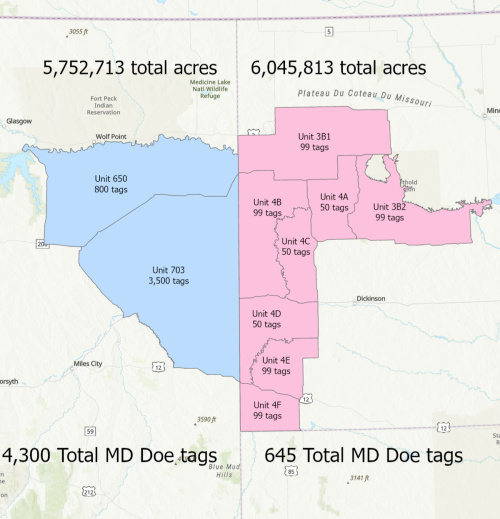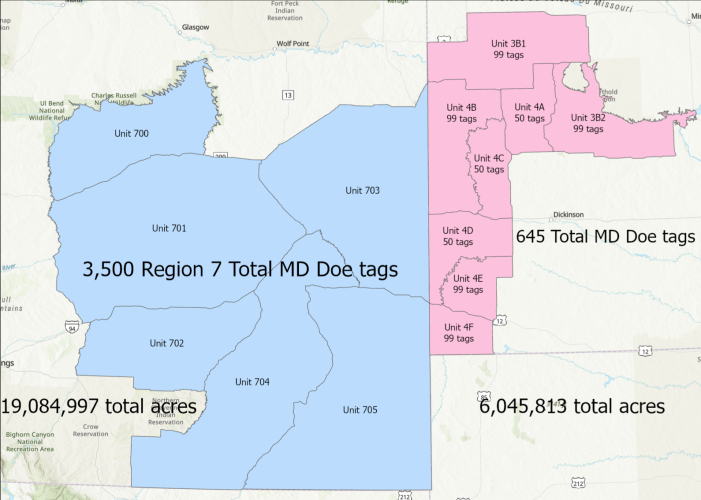El Jason
Well-known member
This is truth.Five years is not enough time, sure you can lase up your boots a little tighter and find deer, might even find a big one if you are very lucky. I started hunting around the Custer in 78, The mule deer hunting for the most part been in constant decline, the 80's were better than the 90's were better than the 2000's were better than the 2010's and the 2020's are showing no sign of breaking the trend. This is the problem, sure some years there is some improvement, but the long term trend is going in the wrong direction and is unsustainable. At fist it was just a decline in the number of big buck, but for the past 15 or so year it is not just the older age buck but all deer numbers. This is most pronounced on the bigger blocks of public land. Some of the places I had great success in the 80's are now almost deer less.
In the 80's and 90's most of the concern was about the lack of big bucks. Now many are still concerned about the lack of big bucks, but the poor deer numbers lack of recovery form the 2012 winter is just as concerning. This is most apparent on the bigger blocks of public land.
When doe hunting on the Custer was first proposed in I think the 90's, I was all for it. My thinking was that if a few does were shot off the roads, the does would move to the roadless places I liked to hunt fewer bucks would be taken by the orange army of roadhunters. Boy was I wrong, The does herds in the easy to access and best habitat were shot out of existence, Read the rose-pedal effect. Other does may have changed where they live, but they didn't move to the rough roadless ground. Does tend to prefer the most productive habitat according to the does are from Venus, bucks are from Mars article in Montana Outdoors. The does found the productive land on private much more to their liking. The problem with the doe tags is that there are zero restrictions on where the tags are filled. Far too many are filled on the bigger blocks of Public. The public never recovers as fast private and as soon as numbers start to recover region wide, FWP is increasing the number of doe tags. Deer numbers never make much of a recovery on public land.
Every one wants opportunity, but it has its tradeoffs. Most are aware of the tradeoff between more opportunity and less quality. The problem is when quality slips badly some hunters willing to pay for better hunting. The demand for new hunting leases near me is not coming from outfitters, it is coming from well off resident hunters that are looking for better quality hunting. This new demand is directly tied to the decline in quality hunting on public land do to opportunity management. To a landowner opportunity is money, easy to get tags, long seasons, the rut and any other opportunity all increase the price someone will be willing to pay. There is also a tradeoff with access. Simply put more opportunity less access.
The rut hunt was great in the 70's when hunters could get access to just about everywhere. Wait until bad weather and the rut brought the bucks out of the mountains and rough breaks to rut with the does in the fields was a hell of a deal. You can still hunt those fields, but you will have to pay. the When my ancestors first moved of SE Montana the rule was, control the water you controlled grazing on the surrounding government land. Today we have a different rule. Control the doe herds on the hay field and you can control the bucks on the near by public. Having the season run the length of the rut moves lots of bucks from public to private. Sure there are some that move from private to public. Kind of like there are some people driving into New Orleans when a hurricane is coming. Having hunters blasting every doe that moves on public is not helping. I don't know if ending the rut hunting will result in more big bucks, I think it will but I could be wrong. I am certain that a lot fewer bucks will be shot in hay field form the cab of a pickup.






